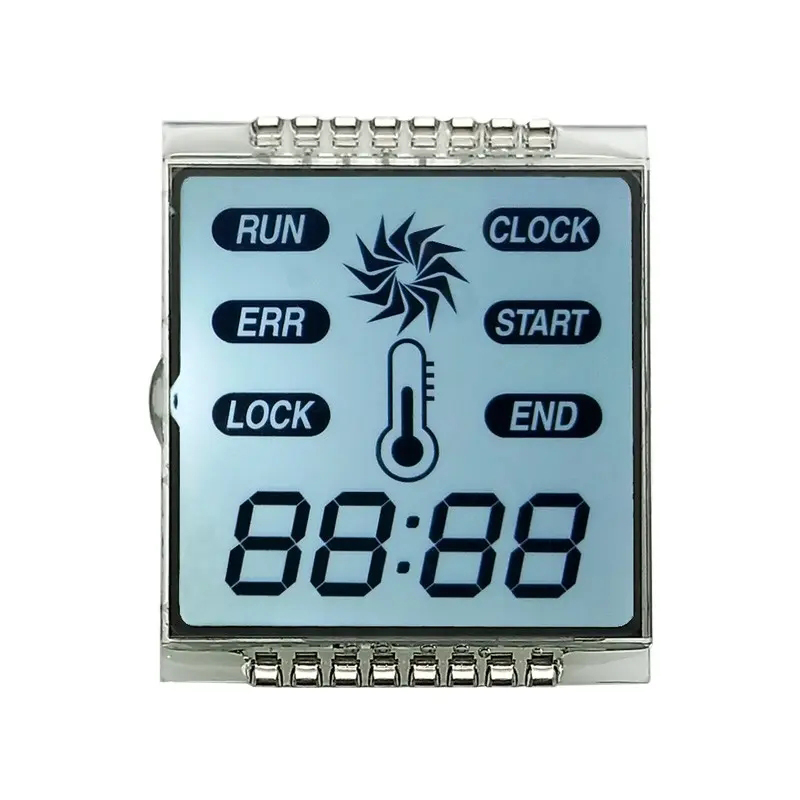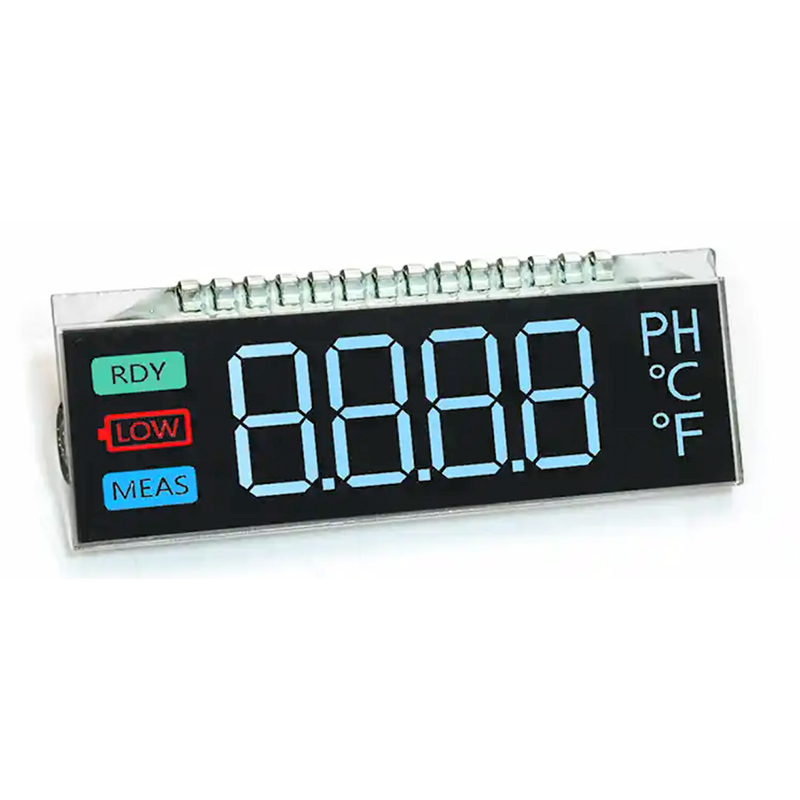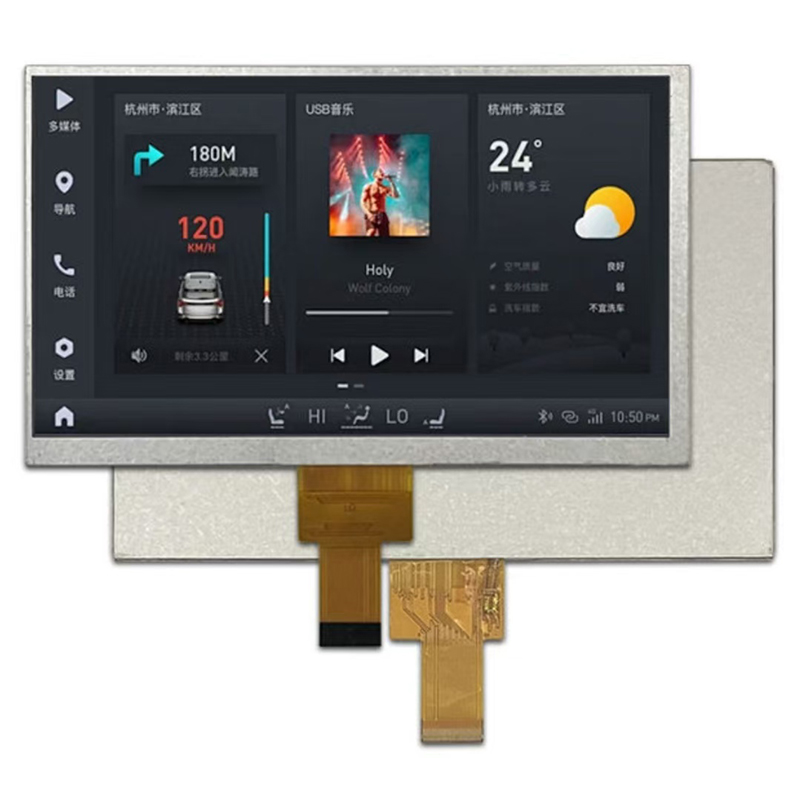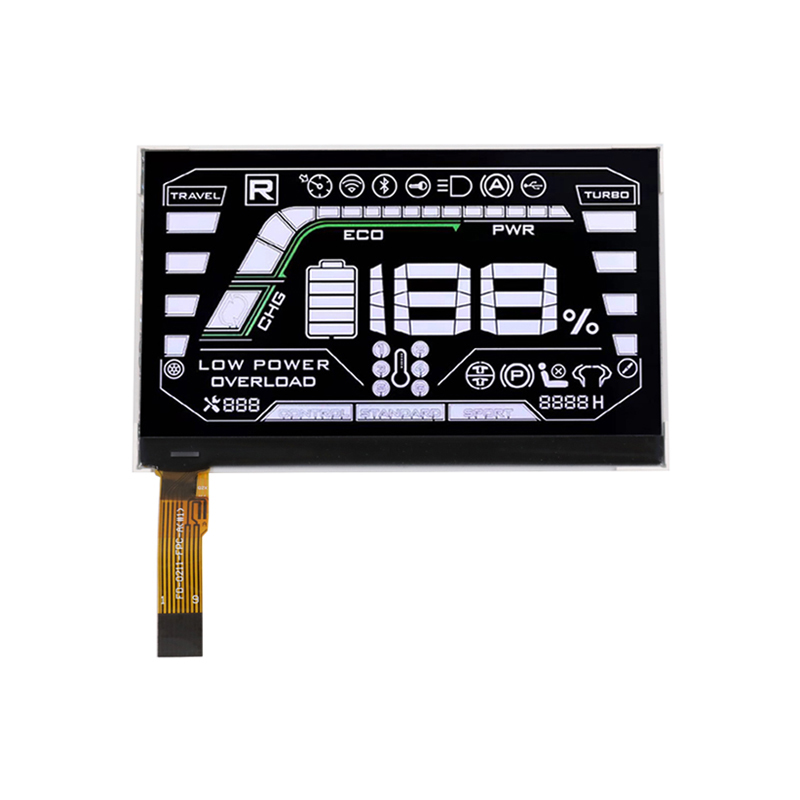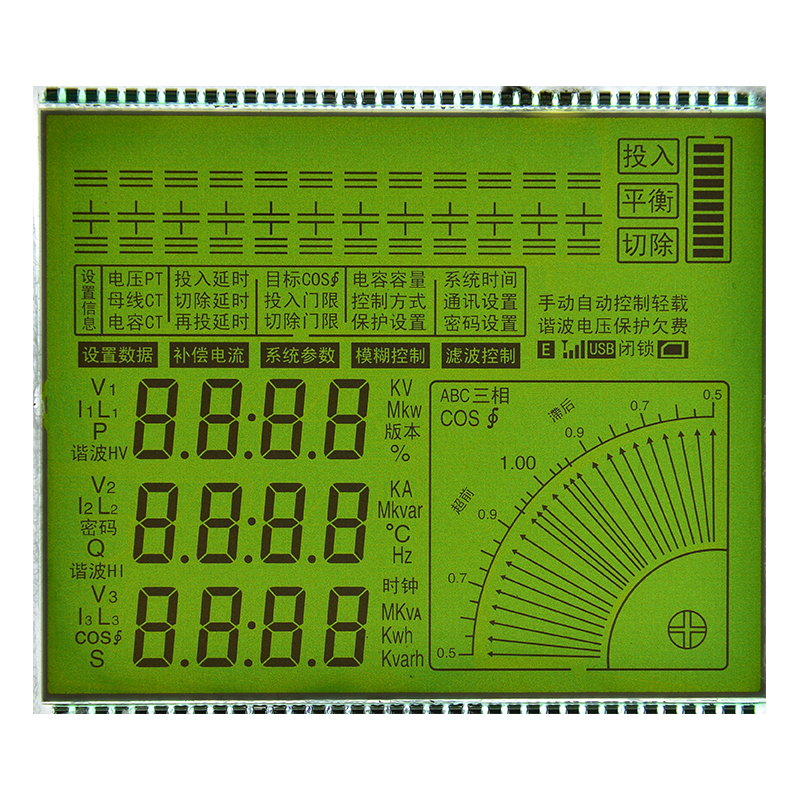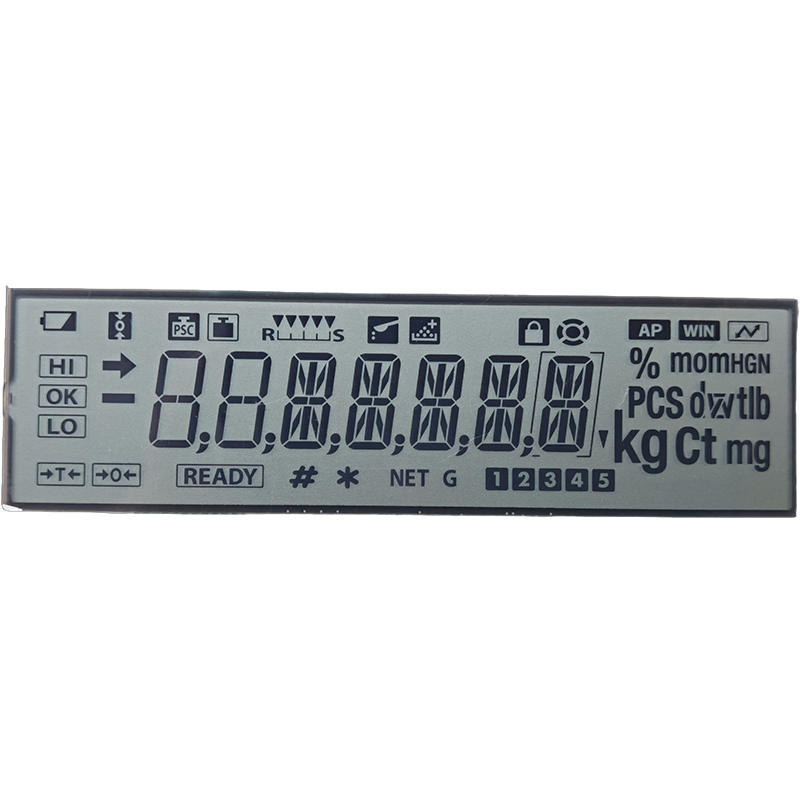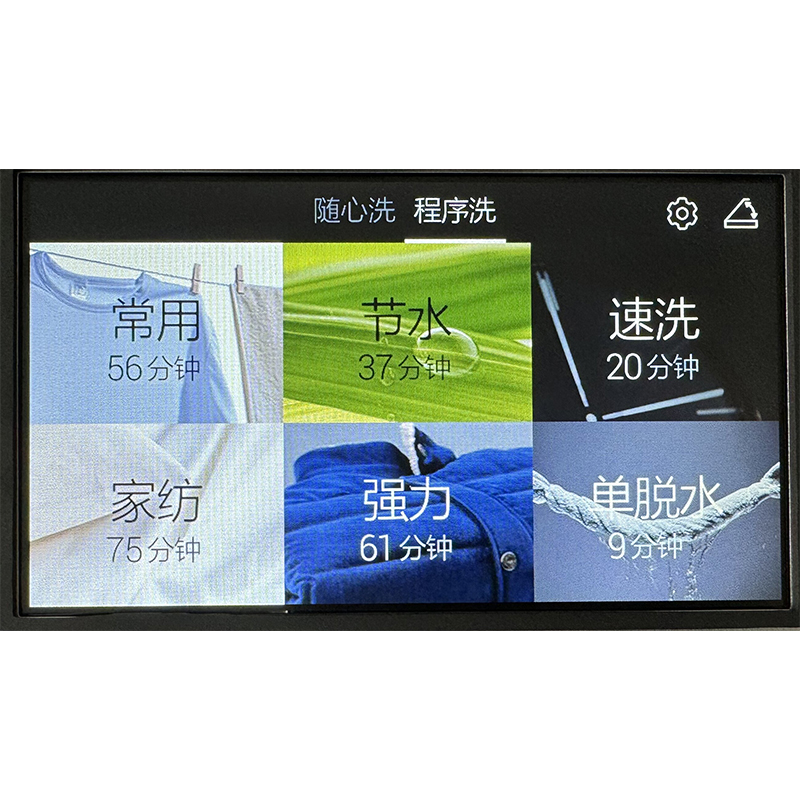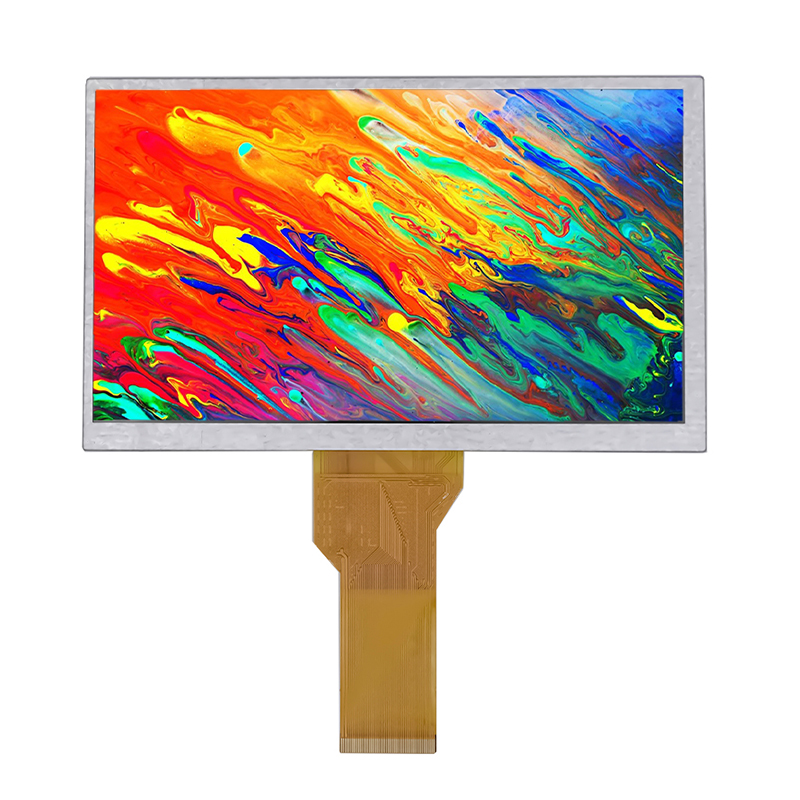
This comprehensive guide explores the capabilities and applications of a 0.96 TFT display. We'll delve into its technical specifications, discuss its advantages and disadvantages, and provide real-world examples of its implementation. Learn how to select the right 0.96 TFT display for your project and discover resources to help you integrate it seamlessly.
A 0.96 TFT display is a type of liquid crystal display (LCD) characterized by its small size and relatively high resolution. Common specifications include resolutions such as 128x64 pixels or 160x80 pixels, offering a clear and legible image for its size. These displays often utilize a color palette of 65k colors or more, providing a vibrant visual experience. Key features often include integrated controllers, making integration into various projects straightforward. Power consumption is typically low, contributing to their suitability for battery-powered devices.
The compact size of a 0.96 TFT display makes it ideal for applications where space is limited, such as wearable devices, portable instruments, and embedded systems. Its relatively low cost and ease of integration further enhance its appeal. However, it's important to acknowledge limitations. The small screen size may restrict the amount of information displayed, and viewing angles can be somewhat limited compared to larger displays. Brightness can also be a concern in bright environments.
0.96 TFT displays find widespread use across numerous industries. They are commonly seen in:
Selecting the appropriate 0.96 TFT display depends on the specific requirements of your project. Factors to consider include resolution, color depth, interface type (SPI, I2C, etc.), operating voltage, and power consumption. Thorough research and comparison of different models are crucial to ensure compatibility and optimal performance.
Integrating a 0.96 TFT display involves both hardware and software aspects. The hardware aspect entails proper connection to the microcontroller or other processing unit via the designated interface (SPI, I2C). On the software side, suitable drivers and libraries are necessary to control the display and render images and text. Many open-source libraries are available to simplify this process.
Potential issues during integration include display malfunctions, incorrect color representation, or failure to display data. Careful verification of wiring, proper initialization, and debugging techniques are vital for troubleshooting these challenges. Online forums and technical documentation can provide valuable assistance during the integration process.
For a wider selection of high-quality 0.96 TFT displays and related components, explore the extensive catalog of Dalian Eastern Display Co., Ltd. They offer a range of options to suit diverse needs. Their commitment to quality and innovation makes them a reliable source for your display requirements. Remember to always consult the datasheets provided by the manufacturer for detailed technical information and specifications.
This guide provides a solid foundation for understanding and implementing 0.96 TFT displays. By carefully considering the aspects discussed, you can successfully integrate these displays into your projects, unlocking their potential for creating innovative and user-friendly applications.


